Featured In
A selection of Bui Huu Hung’s events, projects and articles.
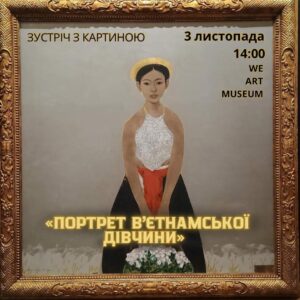
Bui Huu Hung artwork has been selected by the Odesa Museum of Western and Eastern Art for display
The Odessa Museum of Western and Eastern Art recently unveiled “Cô gái và giỏ hoa” (The Girl and the Basket of Flowers) by Vietnamese artist
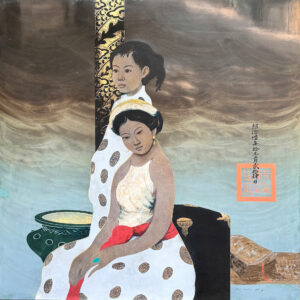
Bui Huu Hung Exhibition in Phu Quoc: Two People
Bui Huu Hung’s artwork “Two People” is presently exhibited at Corona Resort & Casino Phu Quoc. The inscription on the painting Two people is “Thiệu
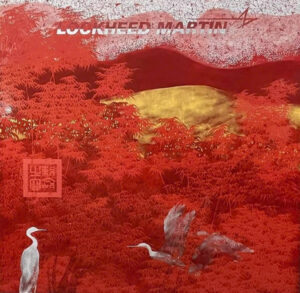
Bui Huu Hung Exhibition in Phu Quoc: Red Bamboo Landscape or Vietnamese White Stork
The work “Red Bamboo Landscape or Vietnamese White Stork” by Bui Huu Hung is currently exhibited at Corona Resort & Casino Phu Quoc. The artwork,

BACKGROUND ON VIETNAMESE ART
During the French colonization of Vietnam, several French artists set up the Ecole des Beaux-Arts de l’Indochine in 1925 in Hanoi, the capital. This was to become the leading institute for the progression of art and its graduates were the pioneers of contemporary art in Vietnam. Since the school’s establishment, Vietnamese artists have favored painting in the Western medium.
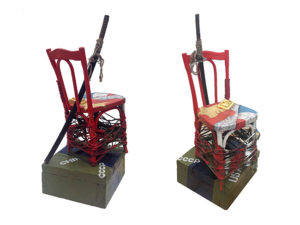
STUDIO IN MARLY-LE-ROI, PARIS
Bui Huu Hung created a studio in Marly-le-Roi to experiment with lacquer using old traditional techniques and materials under the European climate.

“THE COLOURS OF VIETNAM” SHINES IN US
An exhibition entitled “Vietnamese Contemporary Art: The Colours of Vietnam” is now on show at the Washington Arts Club in the USA from September 7-29.
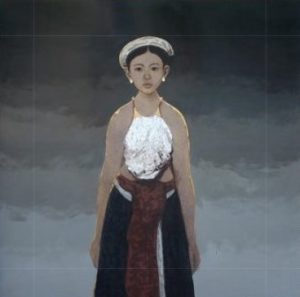
URUGUAY’S HONORARY CONSUL FIGHTS CHILD TRAFFICKING
The lacquer painting titled “A Girl in Traditional Countryside Dress” by Bui Huu Hung was auctioned at the wine tasting and fundraising ceremony, held by Ms. Nguyễn Việt Loan, chairwoman of Journeys to the East, in support of the Blue Dragon Children Foundation in their fight against human trafficking

FROM THE TEMPLE OF TRADITION
Tucked away in a corner of the shores of West Lake in Hanoi, hidden under trees dwarfed by the new twenty-story hotels, and hardly visible from the road stands a house on stilts, a traditional, wooden, temple-like structure. This is the home of one of Hanoi’s most innovative and cutting-edge contemporary artists. You might not know it, though, by the look of the place. Cobwebs hang from beams, and straw mats are scattered on the floor. Yesterday’s tea sits in cold cups on a wet tray.